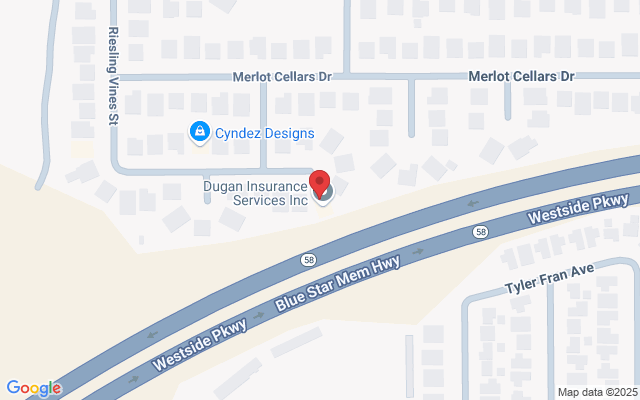
How to Qualify for Medicare Savings Programs in California: Eligibility Guide
If you're struggling to afford Medicare premiums, deductibles, or copays in California, there’s good news: Medicare Savings Programs (MSPs) may be able to help. These programs are designed to assist low-income individuals and families by reducing or even eliminating some of the most common out-of-pocket Medicare costs.
In this eligibility guide, you’ll learn how to qualify for Medicare Savings Programs in California—including the income and asset limits, the different types of programs available, and how to apply.
What Are Medicare Savings Programs?
Medicare Savings Programs are state-run financial assistance programs that help qualified individuals pay for some or all of their Medicare Part A and Part B costs. In California, MSPs are administered through Medi-Cal (California’s version of Medicaid).
There are four main Medicare Savings Programs in California:
QMB – Qualified Medicare Beneficiary
SLMB – Specified Low-Income Medicare Beneficiary
QI-1 – Qualifying Individual
QDWI – Qualified Disabled & Working Individual
Each has its own eligibility requirements based on income, resources, and Medicare status.
1. Qualified Medicare Beneficiary (QMB)
Covers:
Medicare Part A premium (if applicable)
Medicare Part B premium
Deductibles, coinsurance, and copayments for Medicare-covered services
Eligibility Criteria (2025 Estimates):
Monthly Income Limit:
Single: ~$1,258
Married: ~$1,697
Asset Limit:
Single: $9,430
Married: $14,130
Best for: Those with very low income who need help with all Medicare costs.
2. Specified Low-Income Medicare Beneficiary (SLMB)
Covers:
Medicare Part B premium only
Eligibility Criteria (2025 Estimates):
Monthly Income Limit:
Single: ~$1,505
Married: ~$2,034
Asset Limit:
Same as QMB
Best for: People with limited income who need help paying just the Part B premium.
3. Qualifying Individual (QI-1)
Covers:
Medicare Part B premium only
Eligibility Criteria (2025 Estimates):
Monthly Income Limit:
Single: ~$1,695
Married: ~$2,288
Asset Limit:
Same as QMB
Important Notes:
Must apply every year
First come, first served—funding is limited
Cannot qualify if you're eligible for full Medi-Cal
Best for: Lower-middle-income individuals who don’t qualify for other Medi-Cal help but still need relief from Part B costs.
4. Qualified Disabled & Working Individual (QDWI)
Covers:
Medicare Part A premium (for people under 65 who lost free Part A due to returning to work)
Eligibility Criteria (2025 Estimates):
Monthly Income Limit:
Single: ~$4,000
Married: ~$5,400
Asset Limit:
Single: $4,000
Married: $6,000
Best for: Working disabled individuals under 65 who need help paying the Part A premium after returning to work.
How to Apply for a Medicare Savings Program in California
Step 1: Check Your Income and Assets
Income includes Social Security, pensions, wages, and other regular payments.
Assets include bank accounts, stocks, and bonds (but do not count your home, car, or personal belongings).
Step 2: Gather Required Documents
You may need:
Medicare card
Proof of income (bank statements, benefit letters)
Asset documentation
Photo ID and proof of residence
Step 3: Apply Online or In Person
Apply online at BenefitsCal.com
Or contact Dugan Insurance Services for help with applying.
If you already have Medi-Cal, your eligibility may be automatically reviewed. Otherwise, you can apply anytime—you don’t need to wait for Medicare’s annual enrollment periods.
Why It Matters
Qualifying for a Medicare Savings Program in California can significantly reduce your monthly healthcare costs—sometimes to zero. Programs like QMB not only cover premiums but also eliminate most copays and deductibles for Medicare-covered services.
For those on tight incomes, these programs are a financial lifeline.
Conclusion
Medicare Savings Programs in California offer a crucial safety net for those struggling with the high cost of healthcare. If your income and assets fall within the program limits, don’t wait—apply today and get the help you deserve. Even if you think you’re close to the income threshold, it’s worth applying. Many Californians qualify and don’t even realize it.

